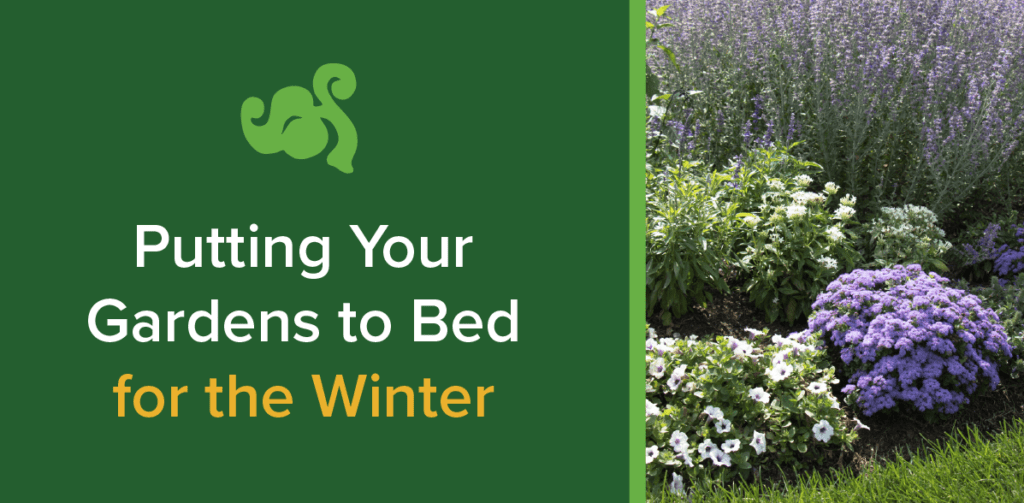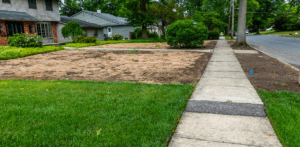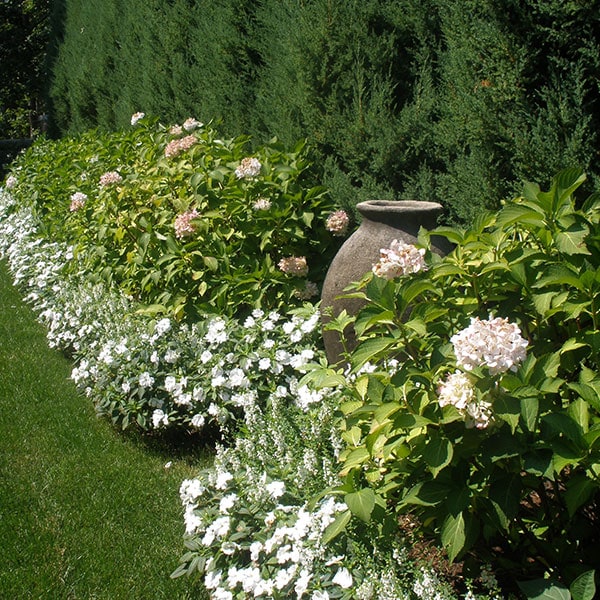As the crisp Autumn air settles in and the vibrant foliage of Northern New England begins to fade, it’s time to start thinking about preparing your garden for the long winter ahead. The transition from fall to winter is a crucial period for both seasoned gardeners and those new to the New England region. Properly putting your plants and gardens to bed for the winter will not only protect your cherished greenery but also set the stage for a successful spring season. In this blog post, we’ll guide you through essential steps and tips to ensure your garden’s winter survival and a flourishing return in the spring.
How To Prepare Your Plants For New England Winter
1. Clean Up and Remove Debris
Before the first snowfall, it’s essential to clear your garden of any debris, dead leaves, and spent plants. This helps prevent disease and pests from overwintering in your garden, which can wreak havoc come spring. Rake up fallen leaves, cut back dead foliage, and remove any decaying plant material. Compost healthy materials and dispose of diseased or pest-infested debris.
2. Protect Tender Plants
Some plants in your garden may be more vulnerable to harsh winter conditions. Tender perennials and shrubs may require extra care. Consider mulching around the base of these plants to insulate their roots. You can use organic materials like straw, pine needles, or shredded leaves. Additionally, wrapping sensitive shrubs in burlap can provide a barrier against cold winds and heavy snow.
3. Prune and Trim
Late fall is an excellent time for pruning certain plants. Trim back any overgrown branches or shape your shrubs and trees. Pruning not only helps maintain your garden’s aesthetics but also prevents damage from heavy snow or ice accumulation.
4. Apply Mulch
Applying a layer of mulch to your garden beds can help regulate soil temperature and moisture levels during the winter. It acts as an insulator, protecting roots from freezing temperatures and reducing the risk of heaving (when plants are pushed out of the ground by frost). Be sure to apply mulch after the ground has frozen to avoid providing a cozy winter home for rodents.
5. Protect Container Plants
If you have container plants that can’t be brought indoors, move them to a sheltered location like a garage or against the south-facing side of your house. You can also insulate the containers with bubble wrap or burlap to shield them from extreme cold.
6. Consider Seasonal Plants
New England winters can be long, but that doesn’t mean your garden has to be devoid of color. Consider planting winter-hardy ornamental plants like winterberry, witch hazel, and hellebores to add interest to your garden during the colder months.
7. Don’t Forget the Lawn
Give your lawn a final mowing before the snow covers it. Trim the grass shorter than usual to prevent matting and snow mold. Apply a winter fertilizer to nourish the grass roots and encourage a healthier lawn in the spring.
Preparing your garden for winter is an essential task for every gardener in the region. By taking the time to clean up, protect vulnerable plants, and prioritize plant health, you can ensure the health and vitality of your garden throughout the winter months. Come spring, your efforts will be rewarded with a garden that awakens refreshed and ready for another beautiful growing season. Happy gardening!






